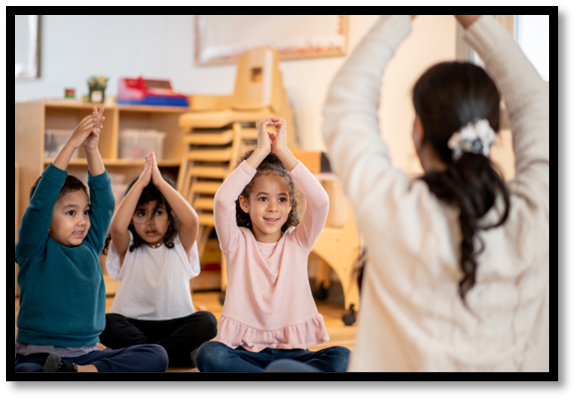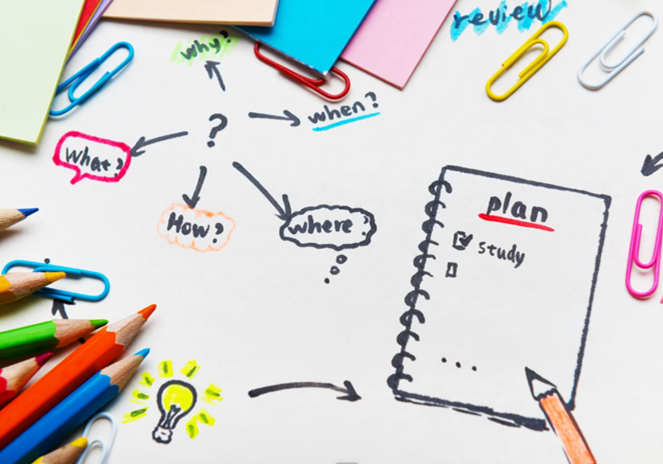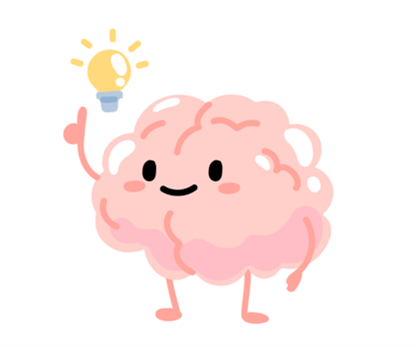School’s out for summer! Music to some children’s ears, but for many of the 22 million children in the US relying on free or reduced lunch during the school year, this means an empty stomach and a long wait for the first day of school where they are guaranteed a daily meal. According to the United States Department of Agriculture (USDA), in 2014 only 2.6 million of those children participated in the Summer Food Service Programs (SFSP) that provides breakfast and lunch for children in low-income communities. Not all children are able to get to, or are aware of, the community centers and other locations where free or reduced meals are provided.
The USDA awards various grants, such as funding to purchase kitchen equipment, to help schools provide healthy and nutritious meals to the students in the district. For a school district in Tennessee, thanks to USDA funding, children under 18 can board the CHOW bus for a free breakfast and lunch during the summer. Realizing that locations of summer food programs were not within walking distance for many students, the creative minds of the Murfreesboro City Schools district developed the Combating Hunger on Wheels Bus: renovated school buses, complete with dining tables, that make stops at churches, schools, apartment complexes, and community centers to feed those children who might otherwise be malnourished for the summer. According to Sandy Scheele , the Murfreesboro City Schools’ Nutrition Director, “Attentive students are well fed, well rested, so we want to promote that during the summer, and that carries over into the school year.”
Malnutrition wreaks havoc on everyone, especially young children, and affects all parts of the body: brain development; the immune system; energy for memory, concentration, and the ability to stay awake and focused. I know if my young children go too long between meals, it’s a recipe for meltdowns, tears, and tantrums. Thus poverty can have a strongly adverse effect on education. Forget about listening and learning – they won’t even agree to do something they normally enjoy! All of us, at one time or another, have probably skipped a breakfast or lunch and felt cranky, irritable, or tired. Imagine what it must feel like to a child who is deprived of meals on a daily basis or for an extended period.
With proper nutrition, including a healthy breakfast and lunch each day, children can reap the full benefits of a fun and effective early childhood education program like GrapeSEED. A steady diet will help them remember what they learned while they are away from the classroom and prepare them for learning in the upcoming school year.
No matter what type of poverty or the reason for living in impoverished conditions, no child should go without food at any time of the year. If you are aware of children in your community who might be in need of meals over the summer break, you can find an SFSP distribution location for them at http://www.fns.usda.gov/summerfoodrocks or call 1-866-3 HUNGRY.




Ready to Start Your Journey?

6425 Living Place
Suite 200 #1021
Pittsburgh, PA 15206
Tel: 800-449-8841
Email: contact.us@grapeseed.com
© 2024 GRAPESEED INTERNATIONAL PTE. LTD.
